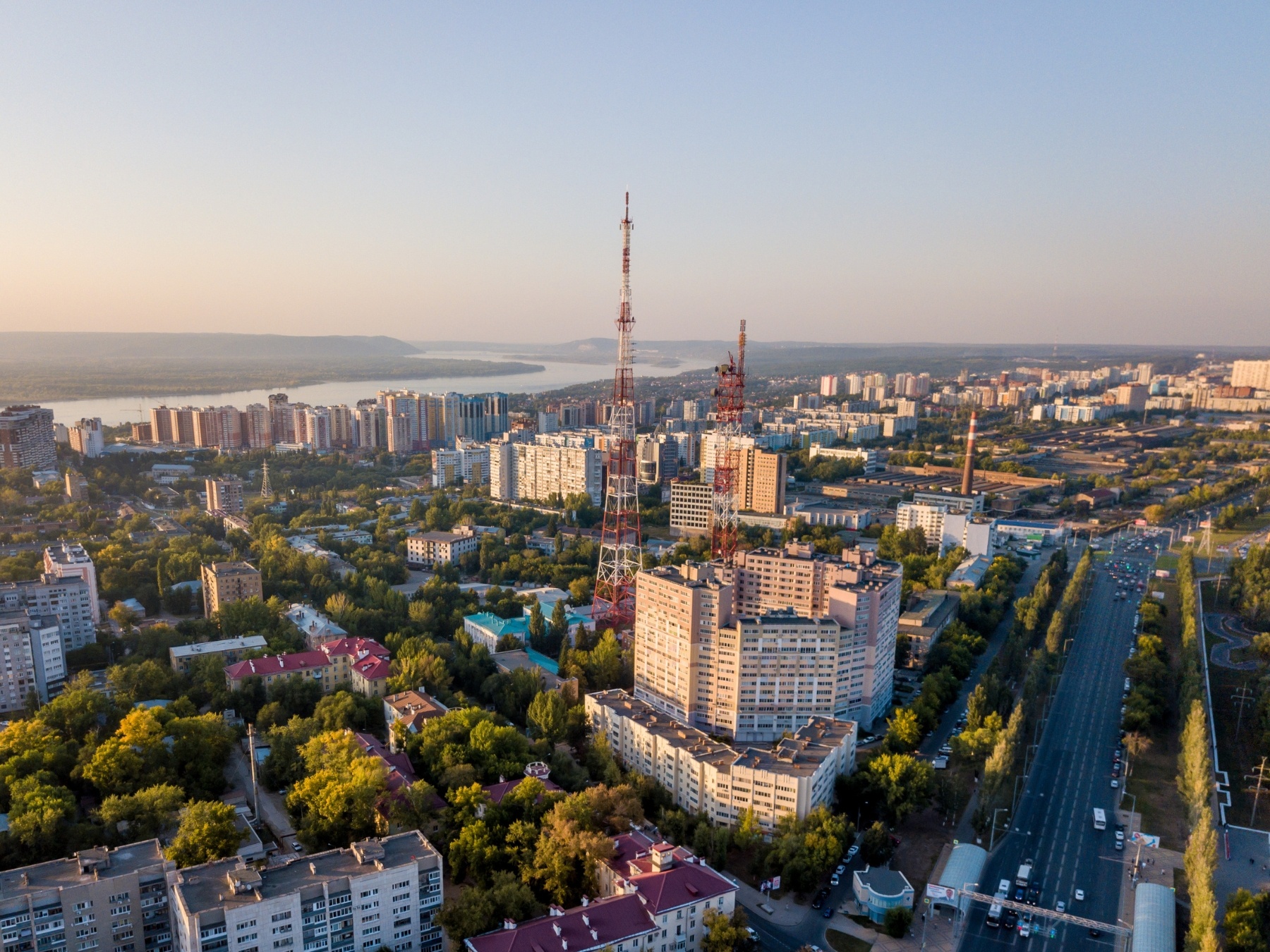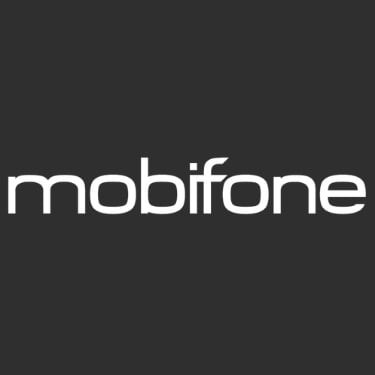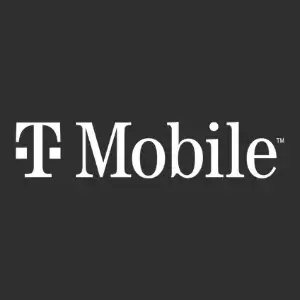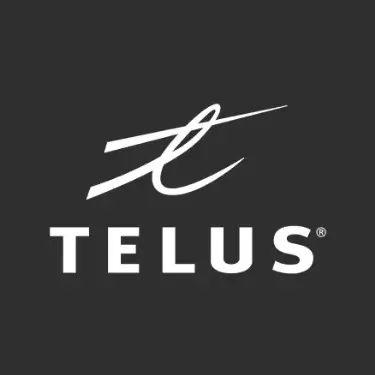Geolocation data has become an essential component of the telecommunications industry, enabling a range of services such as location-based advertising, asset tracking, and mission-critical communications. However, in view of the current geopolitical dynamics, the increased level of risk for public safety, the concerns related to privacy, the global big data disruption, and the need to make their 5G investments profitable, telcos are under pressure to locate mobile devices more accurately and in real-time more than ever before. In this blog article, we will explore these challenges and examine some of the technologies and solutions that have been developed to address them:
- How can telcos extract geolocation data that meet evolving legal requirements
- and derive business value from their 5G investment
- while guaranteeing the protection of personal data.
Regulatory compliance
When life and public safety are at stake, effective public warning and proper emergency call handling are key elements of mission-critical communications, and geolocation data plays a critical role in crisis situations, enabling governments to quickly and efficiently alert people in an endangered area on one hand, and emergency services on the other to accurately locate emergency callers and respond to incidents.
Telecommunications companies are subject to a complex and evolving regulatory environment and must enhance their infrastructure to meet their government’s legal requirements. In the European Union for example, article 110 of the European Commission mandates all EU countries to operate a public warning system that can send geo-targeted emergency alerts to all mobile phones located in the affected area during a natural or man-made disaster. Competent regulatory authorities must also establish the emergency caller location accuracy criteria to be met through network-based and handset-derived technologies to ensure that accurate location is always reported, whatever the device, and the context. Regulatory requirements are not the only considerations to be made.
Technological disruptions are also a significant factor driving changes. Rather than simply sending public warnings quickly, public authorities expect to receive instant feedback from the field, including population movement. Another example is the use of 5G positioning technologies to improve the precision of mobile terminal geolocation for emergency calls.
5G standalone rollout
5G SA is expected to have a significant impact on geolocation. Its advanced network architecture and capabilities are expected to significantly improve positioning accuracy and provide new opportunities for innovative geolocation services and applications. Telcos’ business models are being challenged to deliver new levels of connectivity, innovation, and efficiency in a wide range of industries and applications, especially as they are facing intense competition from established players and new entrants.
The wave of 5G equipment pushes them to experiment with a range of new applications and services that rely on accurate and reliable location data. For example, 5G positioning can be used in smart cities to monitor traffic flow, optimize energy consumption, track the location of vehicles, or quickly locate people in need of assistance. There are plenty of other examples: industry 4.0, connected vehicles…
Privacy and data protection
As the use of geolocation data continues to grow, so do privacy concerns. Privacy and data protection are essential aspects when dealing with subscribers' location information and are subject to regulations: European GDPR, American Data Privacy and Protection Act, Customer Proprietary Network Information (CPNI), California Consumer Privacy Act (CCPA), Personal Data Protection Act (PDPA), and many more.
Having access to vast amounts of sensitive user data, telecom operators must be able to adequately protect all this data and comply with applicable regulations for their internal use, but also externally when they deal with partners, to protect user data while still enabling accurate location-based services.
Intersec has adopted a “privacy by design” default approach to ensure that user privacy is considered throughout the entire product development process using advanced algorithms to constantly tighten data protection measures. For each use case and in accordance with local regulations, our platform has been designed to put in place very specific data protection mechanisms to adequately manage sensitive data and ensure subscriber privacy.
Conclusion
Geolocation data presents several challenges for telecom operators, but our clients have turned them into opportunities. Over the past 12 years, Intersec has developed the most comprehensive catalog of on-demand (active) and mass-scale (passive) geolocation integration schemes on the market.
By bringing positioning accuracy down to the meter thanks to the use of millimeter waves and beamforming with 5G and leveraging an unparalleled source of contextualized insights, our customers not only comply with the strictest regulations but also unlock monetization opportunities with disruptive use cases.
If you wish to know more:
Regulatory compliance: Our public safety solutions
5G standalone rollout: E-book - Network Location Technologies
Privacy and data protection: Discover our technology
 The top 3 challenges of geolocation data in 2023" />
The top 3 challenges of geolocation data in 2023" />

.jpg)









.webp)


.webp)




















